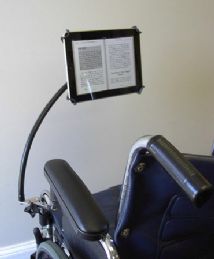
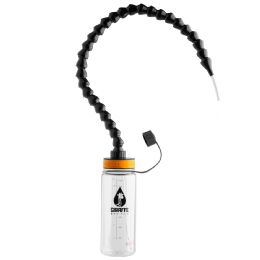
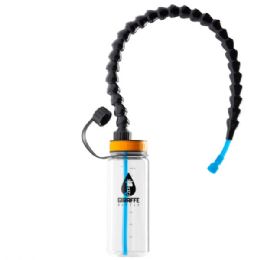
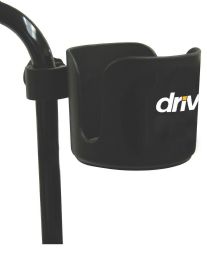
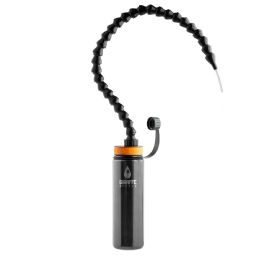
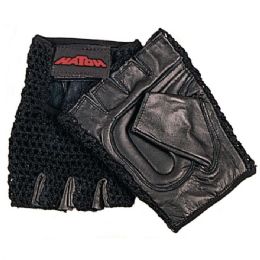
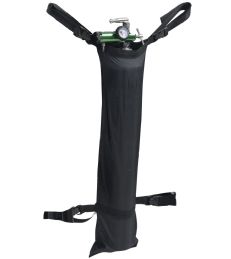
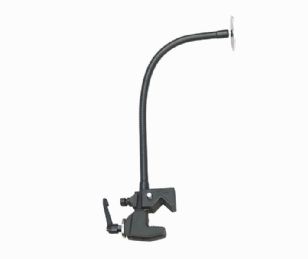
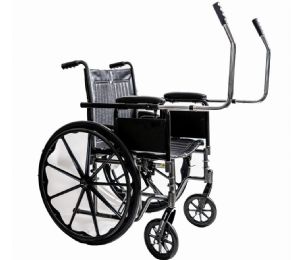
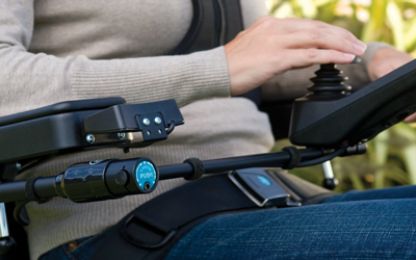
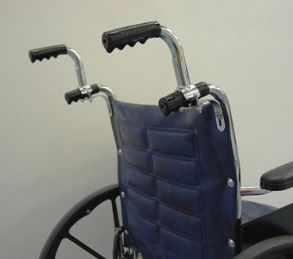
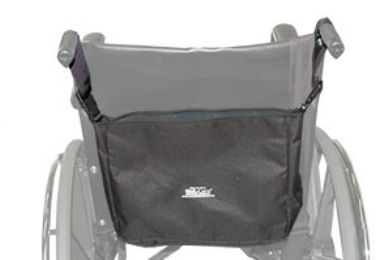
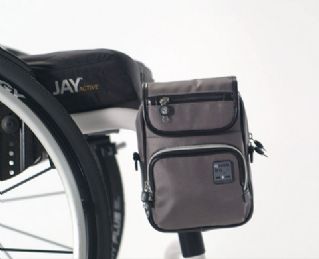

What are Wheelchair Accessories?
Comprising a comprehensive range of products, wheelchair accessories are as unique and varied as the children and adults who use wheelchairs. They can range from backs and cushions to add-ons such as bags and cup holders. How much time will be spent in the wheelchair and for what purpose are the most important questions to ask when determining which accessories are right for the rider. For instance, to level out the sling style seat, casual riders of a standard wheelchair may only need a small seat cushion. On the other hand, more customized options may be needed for those who spend most of their time in the chair.
Seat belts and brakes are some important wheelchair accessories. Every wheelchair rider should utilize some type of seat belt, whether it is a cushioned lap belt or a standard strap. For riders with poor trunk control, shoulder harnesses are also an option to avoid falling or tipping out. Brake extensions can be added to aid the rider in controlling the brakes independently since they are a necessity for any wheelchair.
Footrests should be used by every wheelchair rider. Calf pads are also an option. Pressure can build up behind the knees if the feet are left to hang, and this can cause nerve irritation or circulation problems. To allow safe transfers in and out of the wheelchair, the footrest should always swing away and be easy to remove. Another common wheelchair accessory is adjustable height arm rests. Although many disabled sports competitors do not use them, the average user should have at least one L-bar on either side to avoid falling out. Padded armrests are a standard choice and can range from full length to a shortened desk size. If the rider has limited ability to get in and out of a wheelchair, armrests should be removable.
Depending on the needs of the rider, back supports and cushions come in a variety of styles and shapes. These supports are used to maintain comfort, proper sitting, and/or prevention of skin breakdown. Styles can range from gel, air, or foam inserts under the cover. Cushions can be cut out under the buttocks to decrease the chances of too much pressure being put on the tail bone or coccyx, or wedged to avoid slipping out of position. Backs can have winged sides or be curved to help maintain proper positioning of the spine.
Most wheelchair trays are used to do activities, help individuals eat, or carry items from one place to another. Some are helpful in stores instead of using a shopping cart so someone else does not have to maneuver a cart. Other trays can be attached and taken off at home for a variety of purposes. Some have extra compartments to hold pencils, beverages, books, and other items. There are also different materials of which wheelchair trays can be made of, and some choices include durable metals which will not crack, peel, chip or rust. There are also lightweight plastic trays that are highly durable.
How do I Choose a Wheelchair Bag?
The individual’s mobility level is one of the most important considerations when choosing a wheelchair bag. Weight capacity is also critical because a lightweight bag should not hold heavy items. Convenience and ease of use should be considered, too. When selecting a convenient storage bag, fussy details or straps that slip, such as strings to tie and buttons to fasten, should be avoided. It should offer the most convenience possible, such as a bag designed with adjustable straps to carry oxygen both by hand and on the chair. Pouches with elastic that easily expand are versatile in the amount they can hold, and Velcro closures work well on wheelchairs.
There are three basic types of wheelchair bags; those made to hang at the bottom of the chair, those that fit onto the back handles, and those made to fit onto the sides under the armrests. Choose a bag which does not hinder the chair’s movement in any way, and that does not move around a lot or bang against the backrest. Typically, the best choice for a strong, weather friendly bag to adequately hold most items is one made from water-resistant nylon. As long as the fasteners are easy to work, a bag with compartments rather than one space tends to be easily accessible. However, a single compartment bag works when carrying a few items, such as a lunch or books.
What is a Wheelchair Backpack?
A wheelchair backpack is a bag meant to attach to the back of a wheelchair so the individual can carry items around with ease. The majority of these bags feature adjustable straps, at least one pocket or divider to enable organization, and a means to close the bag so the items stay safe. Most are about the same size as a regular school backpack, but other sizes are available as well. There may be pockets made of mesh which do not close but keep the items secure with an elastic band. If using the wheelchair outdoors at night, a reflective strip on the bag is a good feature to have. Many backpacks have zippers at both ends of the main compartment in order for it to be opened or closed from either end. Finger loops also make them easier to access. Some include a water resistant lining so the items inside stay protected on rainy days.
How do I Choose the Best Wheelchair Cup Holder?
To choose the best wheelchair cup holder, consider one that can hold several different sizes of drinks and cups, and attaches easily to the side of the wheelchair. The basic choice involves attachable cup holders which can either be semi-permanent or easily-detachable. They can affix to either the wheelchair frame or arm, and may remain stationary, or swing out and pivot. Some are made of hard materials while others are soft, and several designs have vertical slots to allow for coffee cup or mug handles.
Hulet Smith, OT
Rehabmart Co-Founder & CEO
lb